Hario V60 vs Espresso – Barista’s Thoughts on Their Differences and Similarities
The Hario V60 and espresso are two popular ways of brewing coffee. But have you ever wondered, which one is better?
I have been using both brewers for years now, and I find that each method has its own strengths and weaknesses. For one, if I want a quick fix of coffee I go for espresso, but whenever I like to have more control and savor the brewing ritual, I pick up my Hario V60.
In this article, I’ll discuss the many differences between these two brewers so you can make an informed decision on which one is better for you.
Comparing Hario V60 & Espresso
The Hario V60 is a pour-over coffee brewer with a unique cone-shaped dripper that has a 60° angle – hence the “V60.” The dripper holds the filter and ground coffee then hot water is poured on top while delicious coffee drips below. The spiraling ridges inside the cone allow for a more even extraction.
The espresso is a brewing method that involves hot water being forced through finely-ground coffee at high pressure, resulting in a concentrated and intense flavor profile. This results in delicious flavors and oils from the beans, as well as a beautiful crema on top.
There are several aspects that differentiate the Hario V60 from espresso. Have a closer look at them below, and I’ll talk more about each later in the article:
| Feature | Hario V60 | Espresso |
|---|---|---|
| Taste & Flavor | Clean, bright brew with unique flavor notes | Strong, concentrated, potent flavor |
| Strength | Light to bold | Very strong |
| Ease of Use | Takes practice and pouring skills | Steeper learning curve |
| Brewing Speed | 5 minutes | 1-2 minutes |
| Versatility | Manual pour-over method | Precise measurements, customizable |
| Durability & Portability | Ceramic and glass can break but metal, copper, and plastic are more portable | Durable but bulky and not portable |
| Sustainability | No electricity needed but requires paper filters | No added waste but requires electricity |
| Cost | Affordable | Generally pricy |
Taste, Flavor, and Strength
The Hario V60 produces a clean and bright brew that allows the unique flavor notes of each coffee bean to shine through. And depending on factors such as the type of coffee beans, coffee to water ratio, and the grind, you can get anything from a light and delicate cup to a richer and bolder one.

Espresso is a different beast altogether. Known for producing strong and concentrated coffee with a potent flavor, I don’t think other brewing methods can fully replicate the espresso. Here are the ones that come close.
This is also the reason why espresso is often served with sparkling water, so you can reset your palate to appreciate its bold flavors.
What I also like about this beverage is that you can add milk in different ways to balance the drink’s strength, flavor, and even its acidic levels.
Overall, the better drink based on taste depends on you. Hario V60 may be for you if you’re looking for a more complex, longer cup of coffee that highlights the nuances of different beans. If you prefer a powerful kick in the morning (or afternoon) that blends perfectly with milk, then espresso is the way to go.
Ease of Use
When it comes to how easy you can fix a cup, there is no denying that espresso has a steeper learning curve because it takes practice to dial-in a great espresso.
But once you get the hang of it, pulling shots becomes second nature.
It is also worth noting though that getting your espresso shot right is just the first step. Making espresso & milk drinks like the latte, cappuccino, or even a Starbucks-style Mocha latte requires extra milk steaming skills.
Mastering the Hario V60 also takes some practice and skill, but is easier than the espresso. The key to a perfect cup lies in your pouring technique – too fast or slow can result in an unbalanced brew. Just so you understand what I mean, here is a simpler V60 recipe, and here is the more advanced 5-pour method.
But overall, espresso has a steeper learning curve and requires more skill when you’re just starting out. Meanwhile, brewing with the Hario V60 has a more hands-on approach, meaning it needs your constant focus in every brew.
Brewing Speed
When it comes to brewing speed, the espresso is faster than the Hario V60.
The Hario V60 takes 5 minutes from brewing to cleaning up, while an espresso shot can be made in just a minute and you’d be done cleaning up in a minute or two.

Comparing the grind sizes, V60 coffee requires a medium-coarse grind while an espresso needs a very fine grind, meaning it takes a bit longer to grind your coffee beans for the latter.
On the flip side though, while both methods use water at pre-boiling points, around 190°F to 200°F, the espresso machine heats its own water while you need a separate kettle with the Hario V60.
Versatility
When it comes to versatility, both the Hario V60 and espresso offer some degree of control.
Since the Hario V60 is a manual pour-over method, you control the grind size, water temperature, water-to-coffee ratio, pouring speed, and timing. Just take a look at Matt Winton’s award-winning Five Pour recipe.
As for the espresso, it generally needs precise measurements but you can fine-tune some aspects such as the type of beans used. You can also make a shorter ristretto, or a longer lungo with minimal modification of the basic espresso recipe.
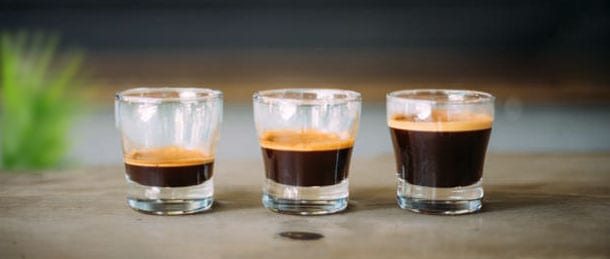
When it comes to capacity, an espresso machine can only make one to two shots per pull, which is not much if you are hosting a dinner party for 12, and everybody wants an espresso after the meal…
On the other hand, a Hario V60 has three sizes to cater to different needs:
| Size | Servings | Dimensions |
|---|---|---|
| 01 | 1-2 cups of coffee | W11.5 × D10 × H8.2 cm |
| 02 | 1-4 cups of coffee | W13.7 x D11.6 x H10.2 cm |
| 03 | 1-6 cups of coffee | W15.5 × D14 × H16 cm |

The 02 size is the most common pick and the one I recommend as well.
Durability and Portability
The materials used in making these brewing tools can significantly affect their level of sturdiness, as well as how portable they are.
Espresso machines are larger, bulky, and heavy, so they are not meant for your average backpacking trip 😉 They are meant to stay on a kitchen countertop.
In contrast, the most popular models of the Hario V60 are made out of ceramic and glass, which may break when they fall. But you also have the option to choose their metal, copper, and plastic variants if you want something more durable or plan to take it on a trip.

The drippers are small and are separate from decanters, making them the more portable option as long as you pick the durable material models.
Sustainability
Both the Hario V60 and the espresso machine have different characteristics in terms of sustainability.
The Hario V60 is a manual brewer and doesn’t need electricity during the brewing process. However, it uses paper filters resulting in additional waste every time you brew coffee. Alternatively, you can use reusable cloth filters to resolve this.
An espresso machine only uses its portafilter, so there’s no added waste for filtering the coffee. However, it needs electricity to work which isn’t as eco-friendly as its manual brewing counterparts. Also, espresso makers are complicated machines to produce, and require eventual servicing. It leaves a much larger carbon footprint than a V60.
In fact, the V60 and other pour-over brewers (like the Chemex) are considered exceptionally eco-friendly coffee brewers in 2024.
Cost
The price difference between the Hario V60 and even basic espresso machines is quite large.
The Hario V60 is affordable with a price of around $25-50 in 2024. However, the paper filters you use will have a recurring expense (unless you start using reusable filters).

Home espresso machines are generally pricey but they vary widely in cost depending on the quality and features. They start at $100 (but these are lower quality), and go into the thousands for prosumer-level machines.
But with espresso’s unique flavor and complex way of brewing, I think it’s only fair that it is more expensive than other coffee makers.
Hario V60 and Espresso: Weighing the Pros & Cons
Now that you know the notable features of each brewing method, here’s an overview of the pros and cons of the Hario V60 and espresso:
| Brewing Method | Pros | Cons |
|---|---|---|
| Hario V60 | – Clean and bright brew that highlights the unique flavor notes of each coffee bean – Offers greater control over the brewing process – A more affordable price compared to espresso machines | – Requires skill in pouring – Takes longer to brew than espresso – Uses paper filters resulting in additional waste every time you brew coffee |
| Espresso | – Strong, concentrated coffee with a potent flavor – The final shot is used in various recipes – Faster brewing time | – Steeper learning curve – Generally more expensive – Requires electricity to work |
You can also find out how AeroPress fared against the following brewing methods:
And check out how espresso did when compared to these brewers:
Summary
At the end of the day, the better brewer is pretty subjective.
If you want a nuanced beverage that highlights each bean’s flavor notes and offers great control and portability, go for Hario V60.
But if you like a drink that can contest your favorite coffee shop and don’t mind spending more, then espresso might be for you.
Whichever one you prefer, I hope that this guide has helped determine which option would suit you best. And know that once you really get into the coffee game, you will have both brewers at home 🙂
What do you think? Share your thoughts in the comments on which one is the better brewing method.

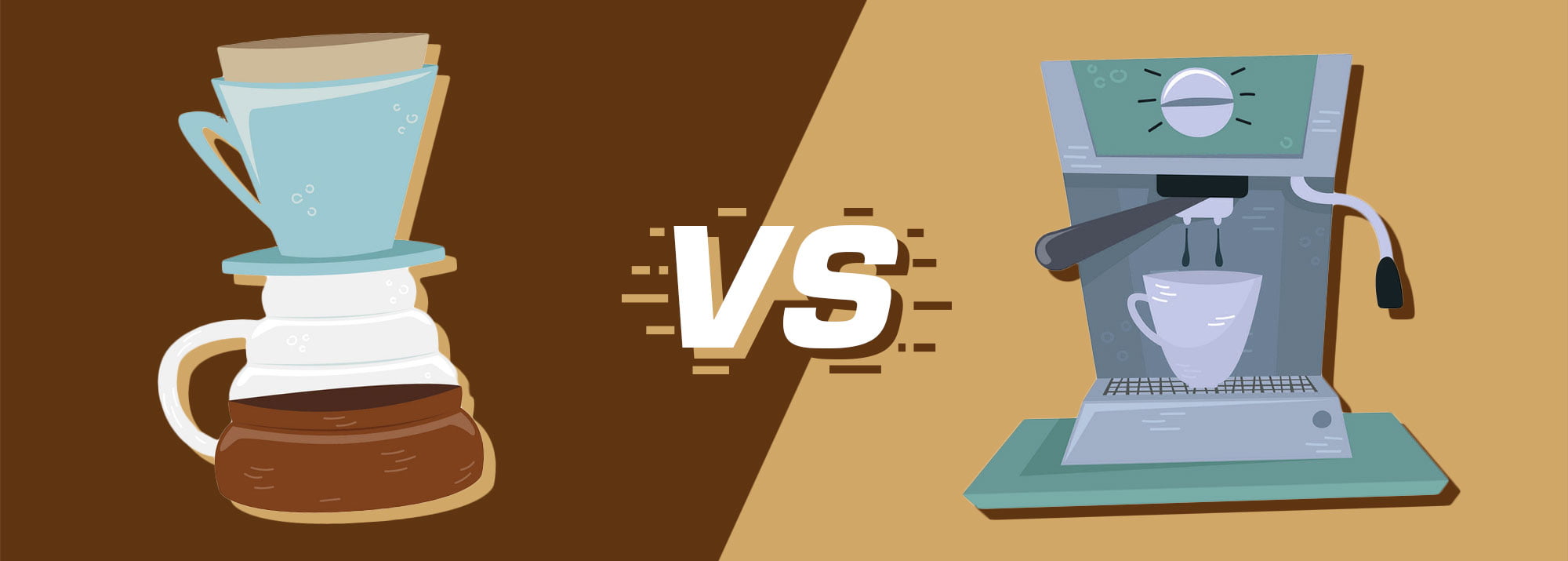
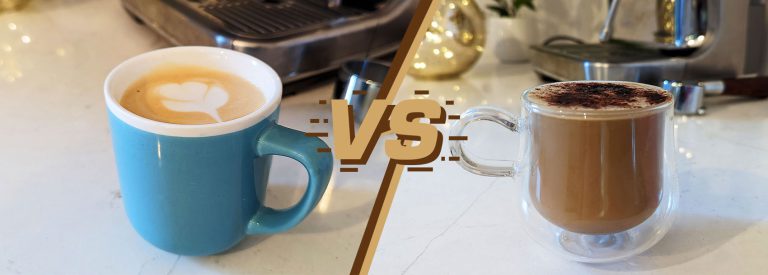

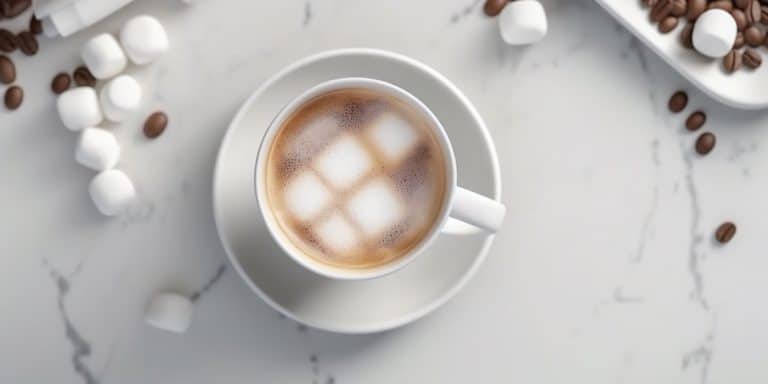
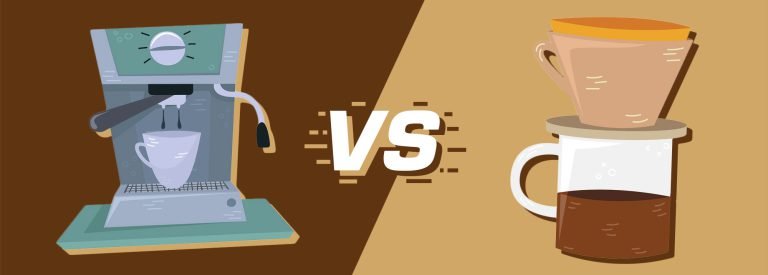
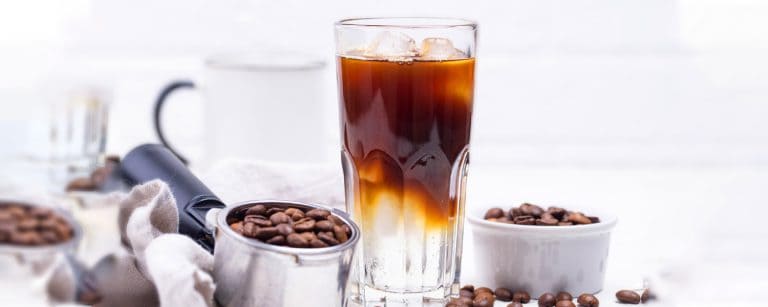
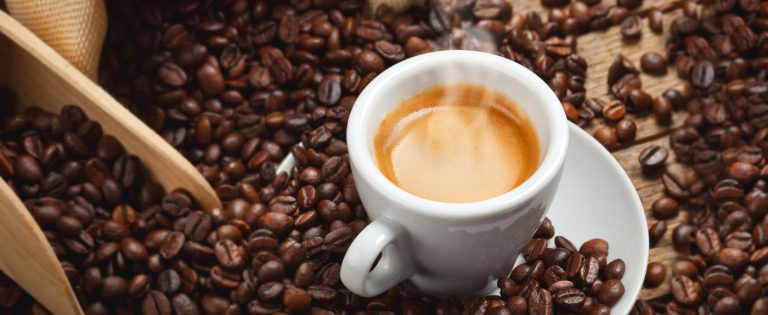
As a barista with over a decade of experience, I found your comparison between the Hario V60 and espresso to be quite insightful. Specifically, your point about the V60 allowing for a cleaner and brighter brew really resonates with my own observations. Espresso does deliver a uniquely potent flavor, but it’s the subtleties and variations you can achieve with the pour-over that I appreciate.